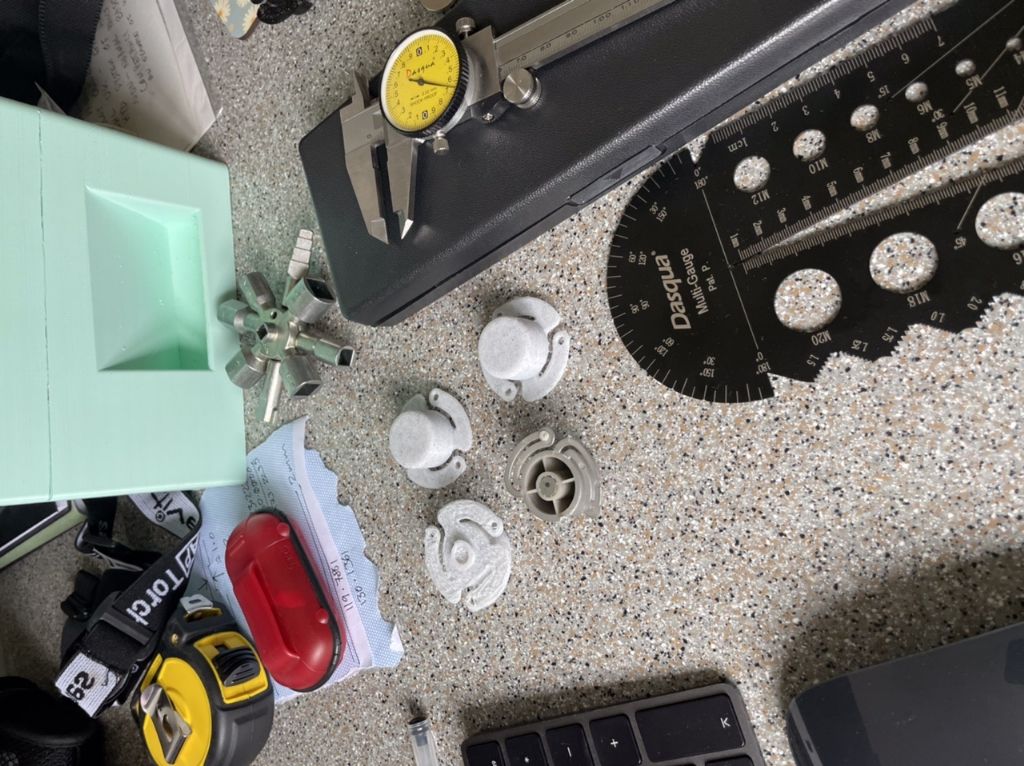It certainly is.
My son gave me his 'old' 3D printer, and I am getting to grips with 3D printing.
But it is so useful – I have already CAD'd and printed :
A new 'lid' for our garden bird feeder,
A washer and a blanking plug for the drain pipework of our kitchen sink
A set of replacement feet for the bathroom scales, (the old ones having broken),
A set of new plastic jaw face pieces for a Crab clamp,
A tool holder for a compact toolkit I use "in the field" for broadcasting work,
New plastic hinge/connecting pieces for our clothes-horse.
It is so good to be able to make these things, rather than throwing away the entire broken item, or trying to buy new parts at huge cost. I have no lathe or mill, or dividing head etc, and anyway, it would take me much longer to make these things that way, whereas, I can measure and model the item in the computer at my desk and then take it to the printer in our garage, where it happily works away.
I have not got the printing exactly right yet, but I am learning fast – and with the help on this forum.
New feet for bathroom scales :

Edited By John Doe 2 on 03/03/2023 11:19:42
 Neil Wyatt.
Neil Wyatt.







